It used to be that whenever I saw a great piece of advertising, I’d imagine what it must’ve felt like to be in the room when the idea was born. What sparked it? What did the brief look like? And, if I’m honest, I’d probably feel a twinge of ad envy – yes, it’s a real thing.
But lately, my reaction has shifted. When I see work that truly stands out, I don’t just think about the idea itself. I think, wow, that team must have earned their client’s trust.
That may sound like a small shift, but to me, it marks something bigger. Maybe it’s because I’ve been doing this for a while. Or maybe it’s because, more than ever, I believe what we’re really selling – and what makes good work possible – isn’t just creativity. It’s trust.
Defining Trust-Centered Creativity
Trust-centered creativity is a belief system. It’s not just about a good relationship or streamlined approvals. It’s about something deeper: the idea that the best work only happens when creative teams and clients are truly aligned – not just on deliverables but on beliefs.
When that trust exists, you can feel it in the work. There’s ambition in the concept and confidence in the execution.
For creatives, trust frees us from designing for approval. It allows us to take bigger swings and solve problems with originality. For our clients, trust brings relief, fostering collaboration over control and making space for possibility.
And in that space, the work flows. There’s velocity. Forward motion. And equal investment in carrying the idea through.
That’s trust-centered creativity. And it’s more necessary than ever.
The Creative Trust Chain: From Clients to Consumers
Trust-centered creativity isn’t just a philosophy for the agency side. It’s a chain reaction. When trust exists between creatives and clients, it opens the door for work that builds consumer trust. Break that chain anywhere, and the work suffers.
A bold direction asks for belief. Belief that it may feel risky, but it’s rooted in something real. Belief that the untested thing might be what moves the needle.
When clients meet that idea with curiosity instead of caution, alignment becomes trust – not just in the creative but in the people and the process.
That belief shows up in the work. Consumers can sense when something’s been sanded down or approved by too many. They know when a brand is playing it safe and when it’s copying everyone else.
In contrast, the kind of work that earns belief almost always starts with internal trust. It feels confident. Specific. And in all ways, beautifully human.
What Trust-Centered Creative Looks Like
Creative work rooted in trust doesn’t try to be everything to everyone. It knows what it is – and what it isn’t. This doesn’t mean the work is reckless. Trust-centered creative is almost always strategically rigorous, as this makes way for a distinct POV that everyone can connect with (creative, client and consumer).
I think about Destination Cleveland and Visit Costa Rica, both long-time clients who trust us to base our campaigns on knowing and speaking in their voice.
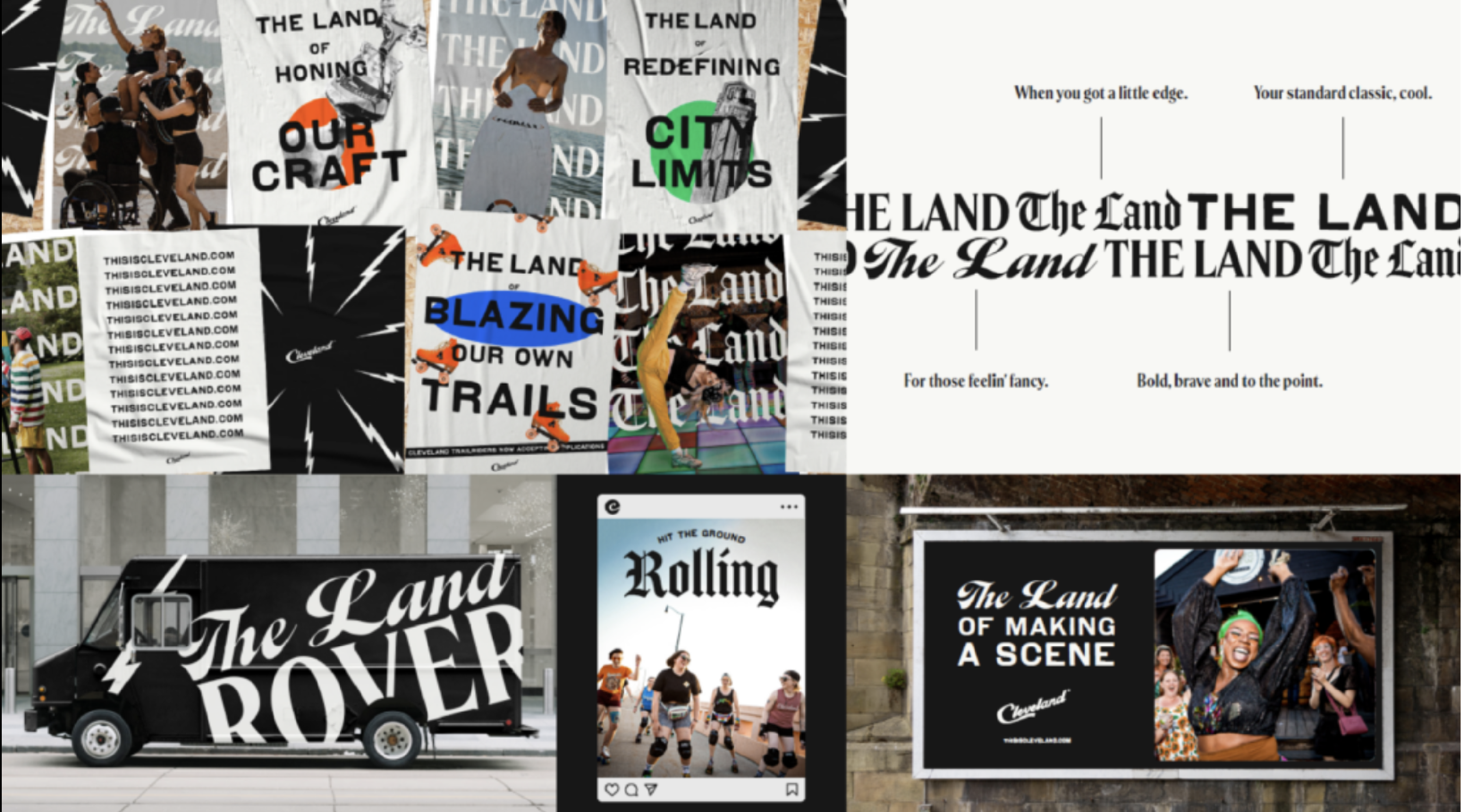
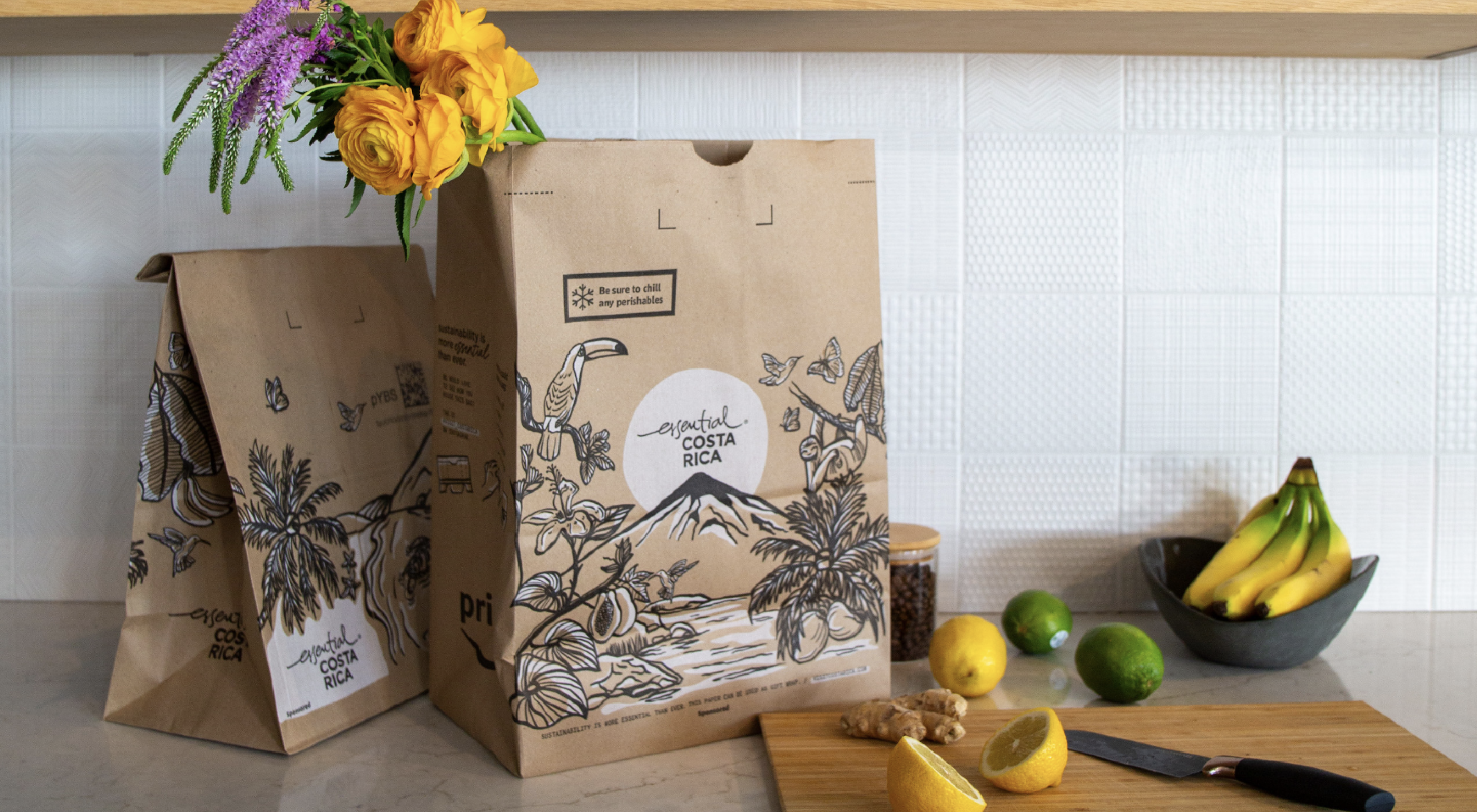
I think about Visit Myrtle Beach, who trusted us enough to let AI rename their destination, and to take the idea as far as it could go.
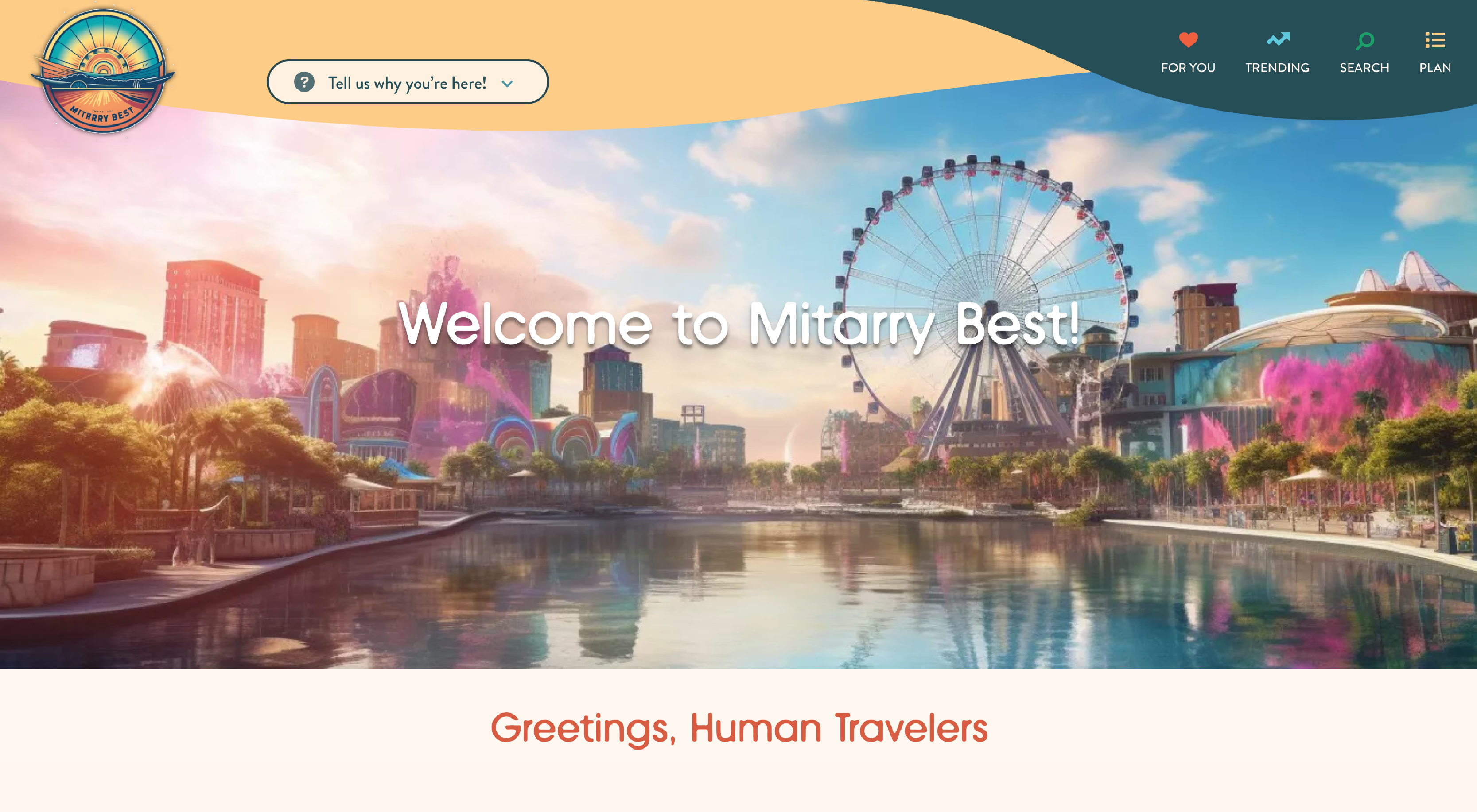
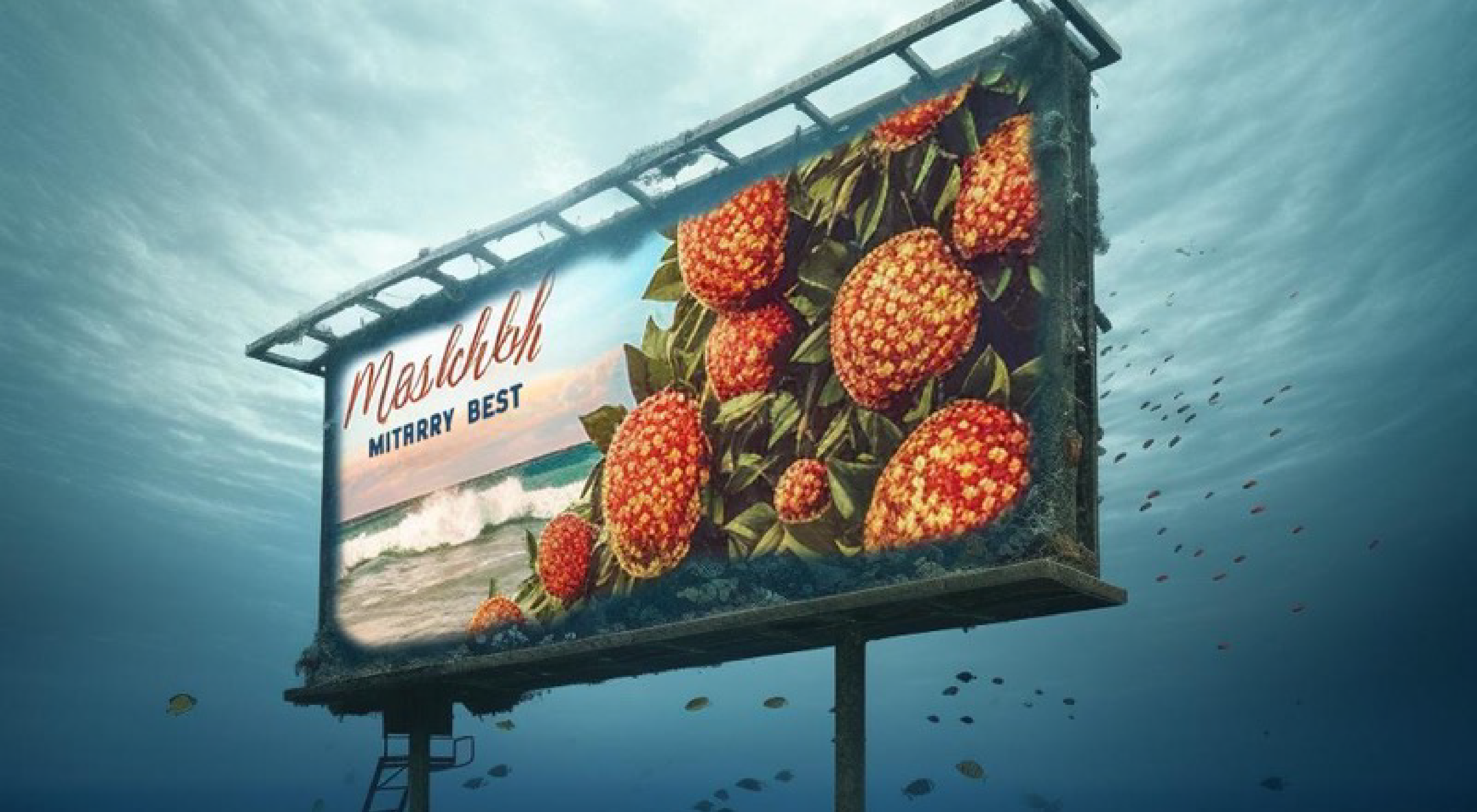
I think about Pure Michigan, who trust us to guide their iconic brand into the future, and sometimes even hand it over to people to interpret it for themselves.
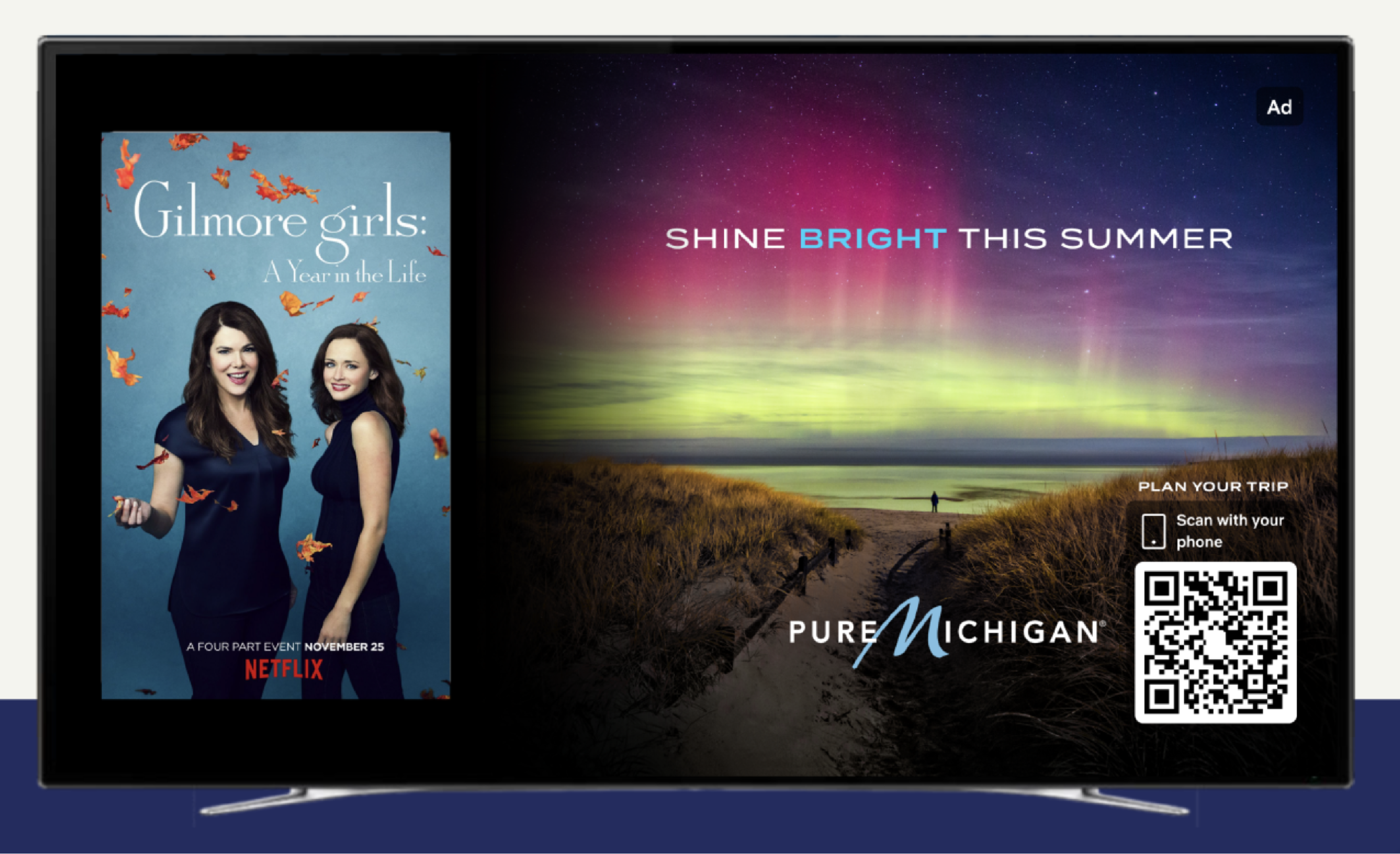
In all these cases, trust was earned little by little, but it continues to lead to big things.
How to Build It: Creative Trust Habits
If trust-centered creativity is the goal, building it has to be intentional. It’s built in small moments through behaviors, instincts, and decisions that foster a shared sense of confidence and creative safety.
Here are a few trust-building habits we’ve seen make the difference between teams who do good work and teams who do brave work:
1. Share Early, Share Unpolished
Too often, creatives wait until the work is perfect before they present. But trust doesn’t grow in perfection – it grows in process. When clients are invited in early, even when the idea is messy, they don’t just see the outcome. They see the rigor, the exploration and the intent behind the work.
2. Define Creative Integrity Together
What does “great” look like for this project? For this brand? For this moment in time? Too many misalignments happen because this is never made explicit. Taking the time to align on what’s worth fighting for creatively – and what’s not – helps avoid derailments later.
3. Make the Invisible Visible
Clients aren’t mind readers. When we assume they understand how we got from Idea A to Idea Bold, we miss a key opportunity. Showing your thinking, the paths you explored, the ones you killed and why, doesn’t dilute the work. It gives it depth.
4. Normalize Discomfort
Original ideas feel different. A little off. Sometimes even wrong. But that tension is part of the creative process, not a sign of failure. Teams that normalize discomfort – and are willing to sit in that space together – build resilience and trust.
5. Celebrate the Risk-Takers
When a bold idea gets a “yes,” celebrate it. Make it a moment. Every time trust is rewarded with great outcomes, it’s easier to say “yes” next time.
Trust-centered creativity doesn’t come from working faster. It comes from working deeper, together. And the habits that create that environment aren’t just good for the work. They’re good for the relationship. And in this business, that might be the most valuable asset we create.
Why This Matters More Than Ever
We’re working in a moment defined by noise and skepticism. AI is generating content in seconds. Brands are flooding every channel with work that’s technically correct but emotionally distant. Everyone and everything seems more cautious. Consumers are tuning out.
That’s why trust-centered creativity matters now more than ever.
The difference between something that breaks through and something that blends in isn’t just talent or budget. It’s belief – in the people behind the idea, in the truth of the message and in the purpose behind the campaign.
In a time when everyone is optimizing for output, the brands that are believed – not just noticed – will be the ones that endure.
Final Thought: Flow, Velocity, Belief
Creative trust isn’t a nice-to-have. It’s the engine. Without it, ideas get diluted, meetings multiply and the work loses its spark. But with it, the work flows. There’s momentum, clarity and conviction. Decisions get made. Risks get taken. The outcomes get better.
That’s trust-centered creativity. It’s not just about being brave. It’s about building the kind of relationships that allow bravery to show up in the work. When creatives and brands are in sync, belief becomes mutual. And the work earns something far more valuable than attention.
It earns trust back.

